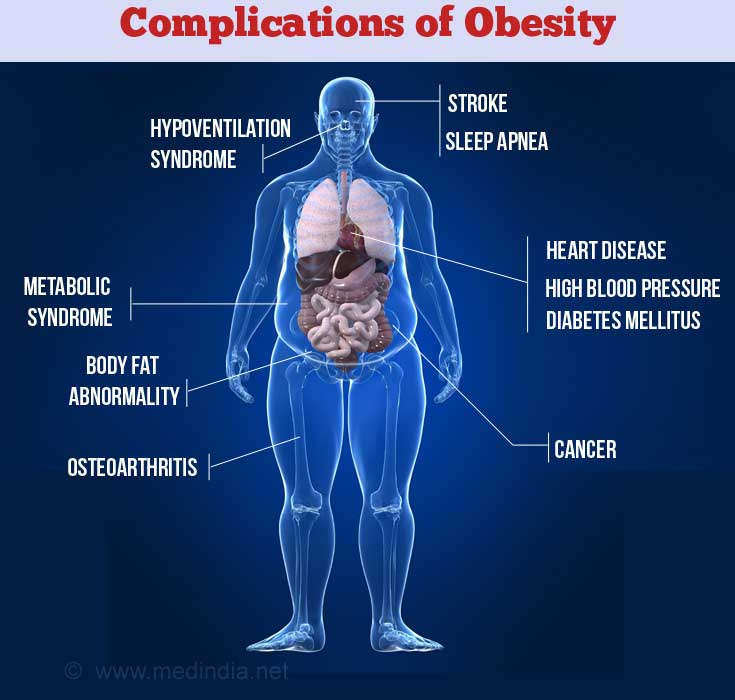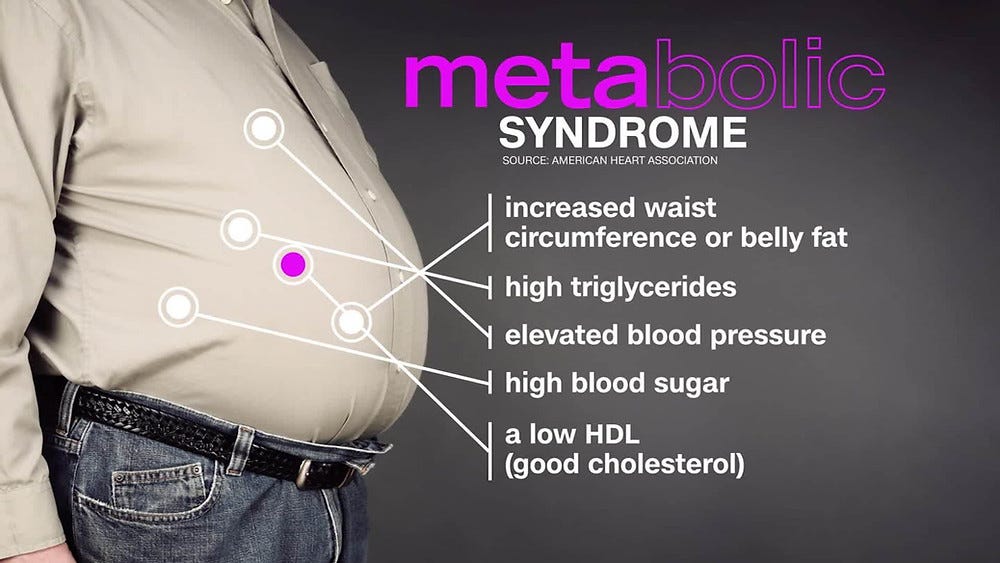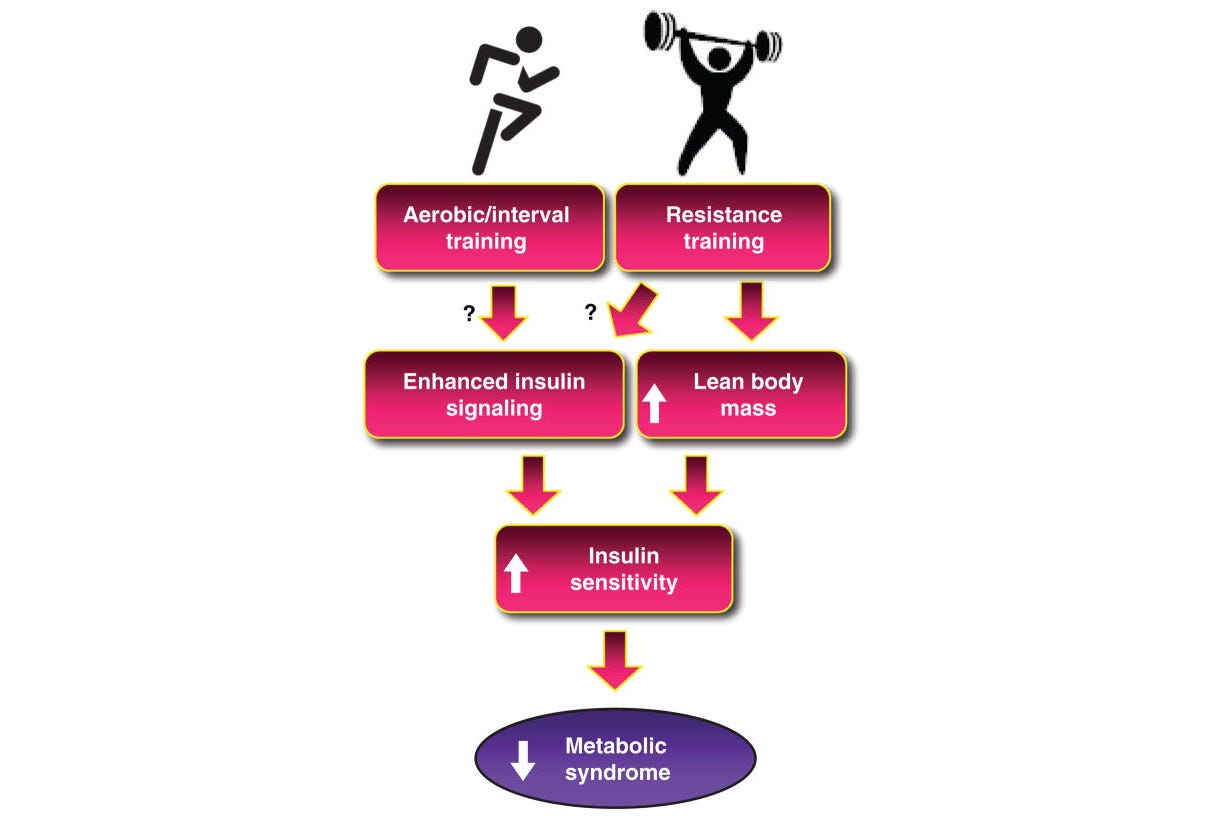
Obesity is often associated with other conditions that deepen the health complications of an individual. Metabolic syndrome (MS) is a term used to describe a group of conditions that places people at a higher risk of developing type 2 diabetes, heart disease and other heart-related problems (Kenney, Wilmore, & Costill, 2012). I would like to explore MS, consider its side effects, and provide solutions to counter its complications.

MS has associated risk factors, that when combined, increase a person’s chances of contracting the syndrome. These include a large waistline, high triglyceride levels, low high-density lipoproteins, high resting blood pressure, and high levels of blood sugar (National Heart, Blood, and Lung Institute, 2011). Two other conditions associated to MS are excessive blood clotting and low-grade systemic inflammation throughout the body (Kenney et al., 2012). Researchers are not clear on whether these two conditions are the cause of MS, or simply worsen it. What is clear is that these conditions are undesirable and have within themselves, deleterious effects on the human body and health of a person.

People who have metabolic syndrome are twice as likely to sustain heart disease, and 5 times more likely to develop diabetes (National Heart, Blood, and Lung Institute, 2011). Thus, detecting the presence of one or more of these risk factors and conditions in a person would be the first step in treating the syndrome. Individuals at the highest risk of MS are those who are inactive, obese and insulin resistant (National Heart, Blood, and Lung Institute, 2011). Thus, preventative steps should revolve around those strategies that prevent, or attenuate, these aforementioned conditions.

In general terms, weight loss is the product of caloric restriction and physical activity. There is debate among researchers as to the best methods of losing weight. What is agreed upon, however, is that gradual weight loss is best at 1-2 pounds per week (Kenney et al., 2012). The largest challenges with individuals who are obese are the behaviors associated with food consumption. That is, some tend to consume “low fat” foods unaware that it is caloric content and quality of calories that are of utmost relevance. Slow, pragmatic steps might be the best strategy for weight-loss individuals, as it allows them time to acclimate to change while reducing attrition.

Physical activity plays an integral role, in conjunction with mindful nutritional habits, to control obesity, and thusly MS. Aerobic activity is a popular method of burning calories. However, interval training is a mode of exercise that burns more calories during a session, and elevates excess post oxygen consumption for several hours after the cessation of training (Kenney et al., 2012). In this way, more calories are burned during and after a session, as compared to steady state cardiovascular activity.

Resistance training is another efficacious mode of physical activity to facilitate caloric losses. By engaging in an individualized and periodized resistance training program, increases in muscle mass increases metabolic rate (Kenney et al., 2012). Thus, during exercise and rest, more calories are consumed by muscle tissue as fuel. Moreover, resistance training, including aerobic and anaerobic exercise, may also assist in controlling appetite (Kenney et al., 2012). In this way, physical activity might both burn calories and help reduce consumption of calories.

Physical activity also mitigates insulin resistance (Kenney et al., 2012). A severe form of insulin resistance is known as type 2 diabetes. However, exercise can help control both moderate and severe forms of this condition. A characteristic of type 2 diabetes is the reduction of insulin receptors, also known as GLUT-4 glucose transporters, along target tissues. Physical activity and muscle contraction produces insulin-like activity by increasing membrane permeability (Kenney et al., 2012). This allows glucose to enter the membrane, circumventing the problem of reduced GLUT-4 glucose transporters.
MS is a condition that has the potential to cause serious illness. However MS need not be a death sentence: early detection is possible, and prevention attainable, through sound and pragmatic methods grounded in research.
References
Kenney, W.L., Wilmore, J.H., & Costill, D.L. (2012). Physiology of sport and exercise (5th ed.). Champaign, IL: Human Kinetics.
National Heart, Blood, and Lung Institute (2011). What is metabolic syndrome? Retrieved November 2, 2013, from http://www.nhlbi.nih.gov/health/health-topics/topics/ms/
-Michael McIsaac
